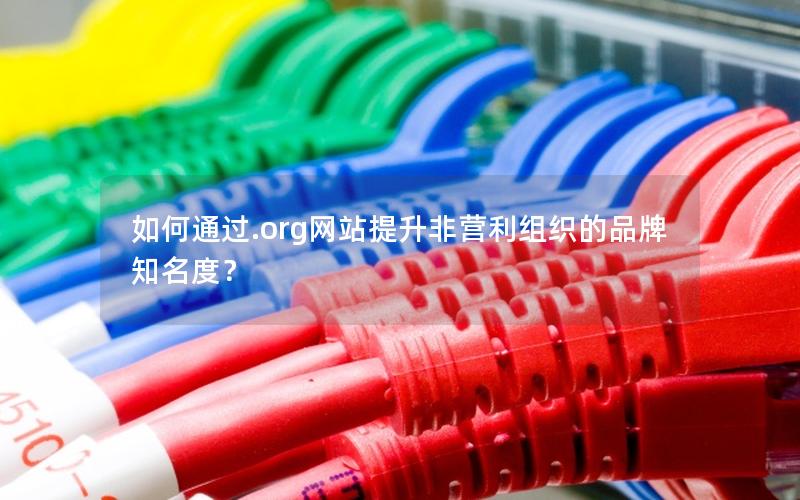包装器
有些时候,我们需要把类似于int,double这样的基本数据类型转成对象,于是设计者就给每一个基本数据类型都配置了一个对应的类,这些类被称为包装器。
包装器整体来说分为四大种:
- Number,Number类派生出了Integer,Double,Long,Float,Short,Byte这六个小类分别代表了int,double,long,float,short,byte这六种基本数据类型。
- Character,对应的基本数据类型是char。
- Void,对应的是关键字void,这个类我们会经常在反射中看到,用于表示方法的返回值是void,这里不再赘述,后面反射章节详细讲解。
- Boolean,对应的是基本数据类型boolean。
要记住下面两点包装器的特性:
包装器是不可变的,一旦构造了包装器,就不允许更改包装在其中的值。
- 包装器是final定义的,不允许定义它的子类。
|
1
2
3
4
5
|
ArrayList<Integer> list = new ArrayList<>();
list.add(3);
int x = list.get(0);
|
自动装箱
当我们添加int值 到一个集合元素全部是Integer的集合中去时候,这个过程发生了什么?
|
1
2
3
4
|
list.add(3);
//实际上面的代码会被编译器给自动的变成下面的这个代码
list.add(Integer.valueOf(3))
|
编译器在其中所作的这个事情就叫做自动装箱。
自动拆箱
当我们取出一个集合中的元素并将这个元素赋给一个int类型的值的时候,这其中又发生了什么呢?
|
1
2
3
4
|
int x = list.get(0);
//实际上面的代码会被编译器给自动的变成下面的这个代码
int x = list.get(0).intValue();
|
编译器这其中所作的这个事情就叫做自动拆箱
|
1
2
3
4
5
6
7
|
Integer i1 = 100;
Integer i2 = 100;
Integer i3 = 300;
Integer i4 = 300;
System.out.println(i1 == i2);
System.out.println(i3 == i4);
|
这是一道经典的面试题,打印出来的结果是:
true
false
为什么会发生这样的事情,我们记得自动装箱的时候会自动调用Integer的valueOf方法,我们现在来看一下这个方法的源码:
|
1
2
3
4
5
|
public static Integer valueOf(int i) {
if (i >= IntegerCache.low && i <= IntegerCache.high)
return IntegerCache.cache[i + (-IntegerCache.low)];
return new Integer(i);
}
|
而这个IntegerCache是什么呢?
|
1
2
3
4
5
6
7
8
9
10
11
12
13
14
15
16
17
18
19
20
21
22
23
24
25
26
27
28
29
30
31
32
33
|
private static class IntegerCache {
static final int low = -128;
static final int high;
static final Integer cache[];
static {
// high value may be configured by property
int h = 127;
String integerCacheHighPropValue =
sun.misc.VM.getSavedProperty("java.lang.Integer.IntegerCache.high");
if (integerCacheHighPropValue != null) {
try {
int i = parseInt(integerCacheHighPropValue);
i = Math.max(i, 127);
// Maximum array size is Integer.MAX_VALUE
h = Math.min(i, Integer.MAX_VALUE - (-low) -1);
} catch( NumberFormatException nfe) {
// If the property cannot be parsed into an int, ignore it.
}
}
high = h;
cache = new Integer[(high - low) + 1];
int j = low;
for(int k = 0; k < cache.length; k++)
cache[k] = new Integer(j++);
// range [-128, 127] must be interned (JLS7 5.1.7)
assert IntegerCache.high >= 127;
}
private IntegerCache() {}
}
|
从这2段代码可以看出,在通过valueOf方法创建Integer对象的时候,如果数值在[-128,127]之间,便返回指向IntegerCache.cache中已经存在的对象的引用;否则创建一个新的Integer对象。
上面的代码中i1和i2的数值为100,因此会直接从cache中取已经存在的对象,所以i1和i2指向的是同一个对象,而i3和i4则是分别指向不同的对象。
这样我们就不难理解为什么一个是false,一个是true了。
其他的包装器的valueOf方法也有不同的实现和不同的范围,具体的我们会在源码深度解析专栏来分析,敬请期待~
以上就是详解Java 自动装箱与自动拆箱的详细内容,更多关于Java 自动装箱与自动拆箱的资料请关注快网idc其它相关文章!
原文链接:https://cloud.tencent.com/developer/article/1385427
相关文章
- 64M VPS建站:如何选择最适合的网站建设平台? 2025-06-10
- ASP.NET本地开发时常见的配置错误及解决方法? 2025-06-10
- ASP.NET自助建站系统的数据库备份与恢复操作指南 2025-06-10
- 个人网站服务器域名解析设置指南:从购买到绑定全流程 2025-06-10
- 个人网站搭建:如何挑选具有弹性扩展能力的服务器? 2025-06-10
- 2025-07-10 怎样使用阿里云的安全工具进行服务器漏洞扫描和修复?
- 2025-07-10 怎样使用命令行工具优化Linux云服务器的Ping性能?
- 2025-07-10 怎样使用Xshell连接华为云服务器,实现高效远程管理?
- 2025-07-10 怎样利用云服务器D盘搭建稳定、高效的网站托管环境?
- 2025-07-10 怎样使用阿里云的安全组功能来增强服务器防火墙的安全性?
快网idc优惠网
QQ交流群
-
2025-05-29 35
-
2025-05-25 77
-
2025-06-04 90
-
2025-05-27 78
-
2025-05-25 40












